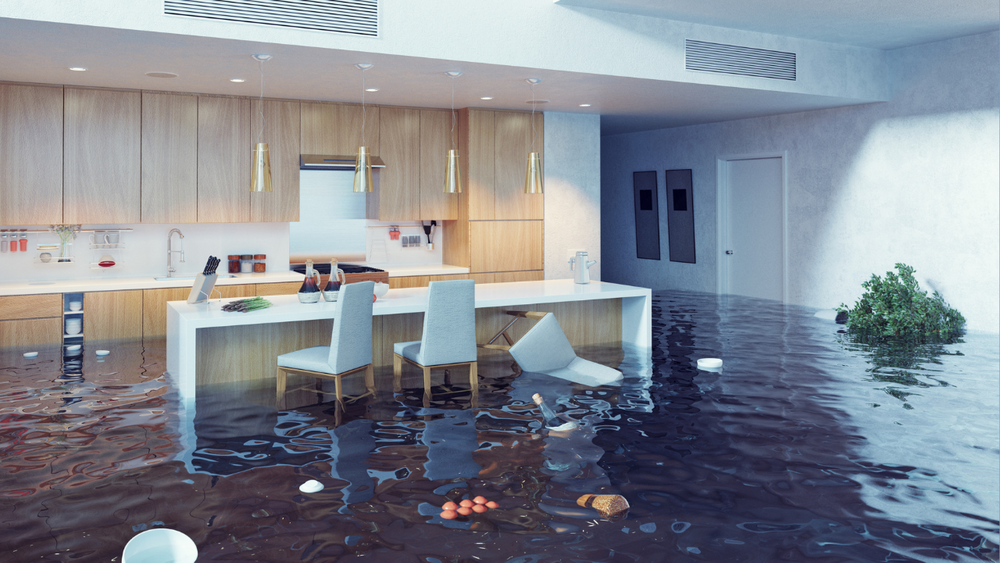Water is categorized based on source, dwelling time, temperature, and pre-existing conditions. The category of the water determines how mitigation and restoration will need to be performed.
1. Thoroughly investigate the damage
2. Category 1 (Clean Water)
3. Category 2 (Grey Water)
4. Category 3 (Black Water)
5. Special Situations


